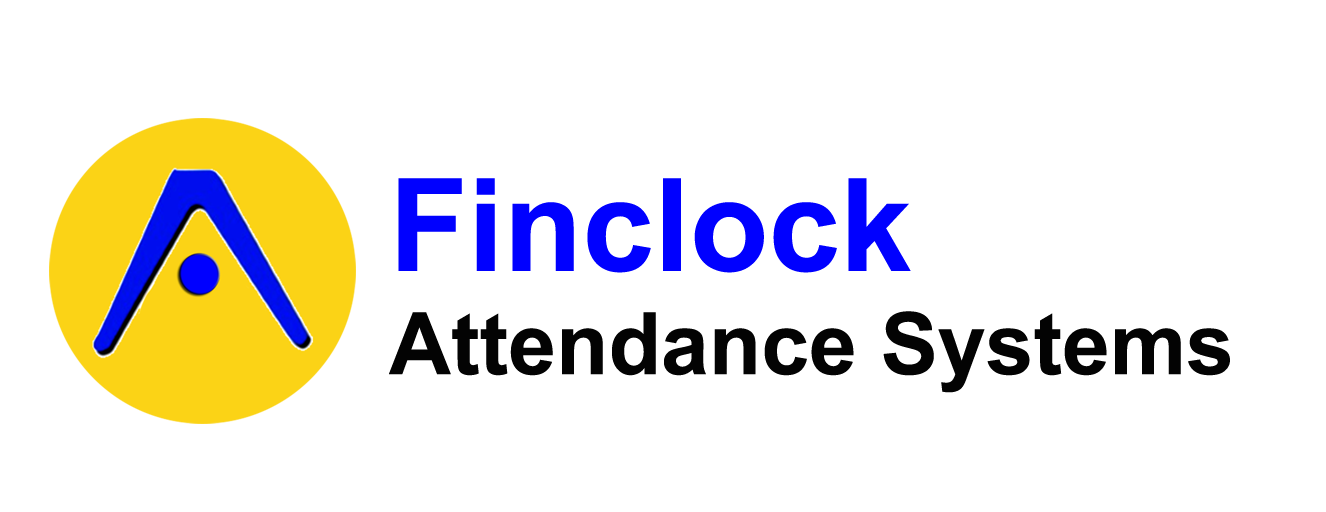Introduction
Attendance systems are an essential part of any business, and it is important for employers to understand the features that are essential for successful employee attendance tracking. Let us discuss the most important features that must be included in attendance systems for employees.
What is an Attendance System?
An attendance system is a system used to track and record employee attendance. It is used to monitor when employees arrive and leave, and can also be used to track vacation time, sick days, and other absences.
Why are Attendance Systems Important?
Attendance systems are important because they help employers to monitor employee attendance and ensure that employees are arriving and leaving at the designated times. They also help to reduce time theft by eliminating the possibility of employees arriving late or leaving early without being detected. Additionally, attendance systems can help employers to ensure that employees are taking the necessary amount of vacation and sick days, and that they are adhering to the company’s policies regarding these absences.
What are the Must-Have Features in Attendance Systems for Employees?
The following are the must-have features in attendance systems for employees:
1. Automated Clock-In/Clock-Out System
An automated clock-in/clock-out system allows employees to quickly and easily clock in and out of work without having to use a physical time card or manually enter their arrival and departure times. For instance, having a biometric attendance system can fit both office and field teams, depending on the implementation plan. This makes it easier for employees to track their attendance, and it also eliminates the need for manual data entry.
2. Real-Time Reporting
Real-time reporting allows employers to monitor employee attendance in real-time. This allows employers to quickly detect any attendance issues, and make necessary corrections if needed.
3. Employee Scheduling
Employee scheduling allows employers to easily create and manage employee schedules. This feature helps to ensure that employees are working the hours they are scheduled to work, and it also helps to reduce overtime costs.
4. Leave Tracking
Leave tracking allows employers to track when employees take vacation days, sick days, and other types of leave. This helps employers to ensure that employees are adhering to their company’s policies regarding leave.
5. Time-Off Requests
Time-off requests allow employees to easily request vacation and other types of leave. This helps employers to easily track and approve or deny leave requests.
6. Mobile Access
Mobile access allows employees to access the online attendance system from their mobile devices. This makes it easier for employees to track their attendance, request time off, and more.
7. Alerts and Notifications
Alerts and notifications allow employers to send out alerts and notifications to employees regarding attendance issues or changes in employee schedules. This helps to ensure that employees are aware of any attendance issues or changes that may affect them.
8. Overtime Tracking
Overtime tracking allows employers to track when employees are working overtime. This helps employers to ensure that their employees are not working too many overtime hours, and that they are paid appropriately for any overtime hours worked.
9. Accrual Tracking
Accrual tracking allows employers to track and manage the amount of vacation and sick days that employees have accrued. This helps employers to ensure that employees are taking the necessary amount of leave, and that they are adhering to the company’s policies regarding these absences.
10. Biometric Authentication
Biometric authentication allows employers to use biometric data, such as fingerprints, to authenticate employee attendance. This helps to reduce time theft and ensures that only the designated employee is clocking in and out of work.
11. GPS Tracking
GPS tracking allows employers to track the location of employees while they are on the job. This helps employers to ensure that employees are working in the designated area, and it also helps to reduce time theft.
12. Employee Self-Service Portal
An employee self-service portal allows employees to access their attendance information, request time off, and more. For instance, a business manager in a top phones shop in Kenya provided an app for the employees to manage their work goals. This makes it easier for employees to track their attendance and request vacation and other types of leave.
13. Integration with Payroll Systems
Integration with payroll systems allows employers to easily integrate their attendance system with their payroll system. This helps to ensure that employees are paid accurately for the hours they work, and that any overtime or other leave taken is taken into account.
Conclusion
Attendance systems are essential for any business, and it is important for employers to understand the must-have features that should be included in attendance systems for employees. The features discussed in this article are essential for successful employee attendance tracking, and they help to ensure that employees are adhering to the company’s policies regarding attendance and leave.
